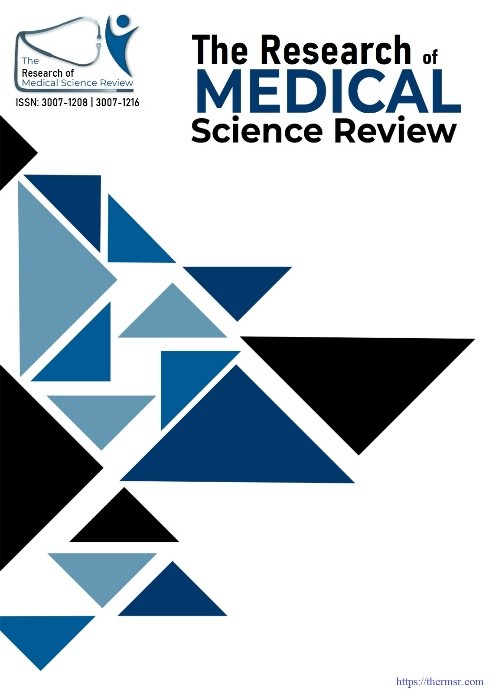KNOWLEDGE AND PRACTICES OF UNDERGRADUATE NURSING STUDENTS REGARDING PATIENT SAFETY IN SWAT, PAKISTAN: A CROSS-SECTIONAL STUDY
Main Article Content
Abstract
Background: Patient safety remains a critical component of effective healthcare delivery. Despite global initiatives to improve safety, evidence suggests that undergraduate nursing curricula often lack a comprehensive integration of patient safety concepts, potentially compromising students’ competencies
Objectives: The study aimed to evaluate nursing students' understanding of patient safety principles and identify gaps in the nursing curriculum concerning patient safety education in Pakistan.
Methodology: A cross-sectional descriptive study was conducted with 218 undergraduate nursing students using a non-probability convenience sampling technique. Data were collected via a structured questionnaire and analyzed using SPSS version 26.0.
Results: Findings revealed that 77.1% (n=168) of participants had received formal patient safety training, while 22.9% (n=50) had not. The mean patient knowledge score was 65.2% (SD 12.4). Key knowledge gaps were identified in medication safety (68.3% strongly agreed on the "Five Rights"), infection control (62.8% believed PPE adherence was consistent), and incident reporting (86.2% agreed it was crucial). However, only 73.9% were familiar with International Patient Safety Goals (IPSG), and 26.6% misunderstood "near-miss" events.
Conclusion: While nursing students demonstrated foundational knowledge of patient safety, significant gaps remain in practical application and curriculum integration. Recommendations include enhancing simulation-based training, fostering a safety culture, and strengthening clinical mentorship.
Downloads
Article Details
Section

This work is licensed under a Creative Commons Attribution-NonCommercial-NoDerivatives 4.0 International License.
